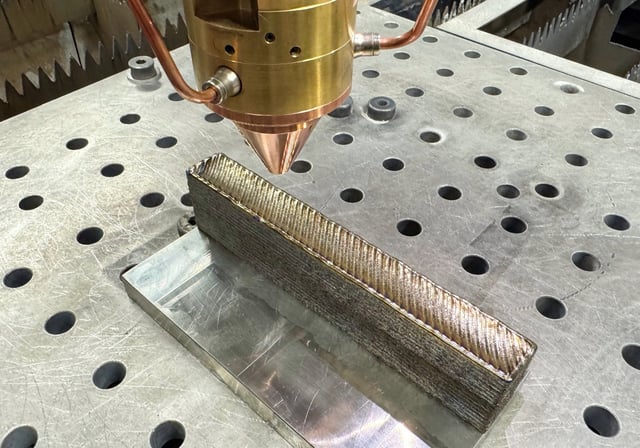Overview
- RMIT University filed a provisional patent and published its compositional design framework in Nature Communications to guide lower-cost, high-performance 3D-printed titanium alloys.
- The framework substitutes costly vanadium with readily available elements to cut production costs by roughly 30 percent compared with standard Ti-6Al-4V.
- Researchers identified key alloying parameters (non-equilibrium solidification range, growth restriction factor and constitutional supercooling) to predict and control grain structure transitions.
- Lead author Ryan Brooke’s Research Translation Fellowship and market validation through CSIRO’s ON Prime program have aligned the technology with industry requirements.
- The team is in active discussions with aerospace, automotive and medical device companies to form partnerships for scale-up and commercialization.
